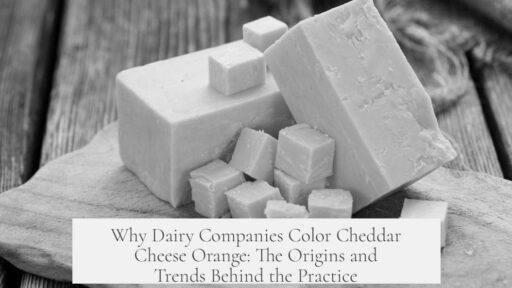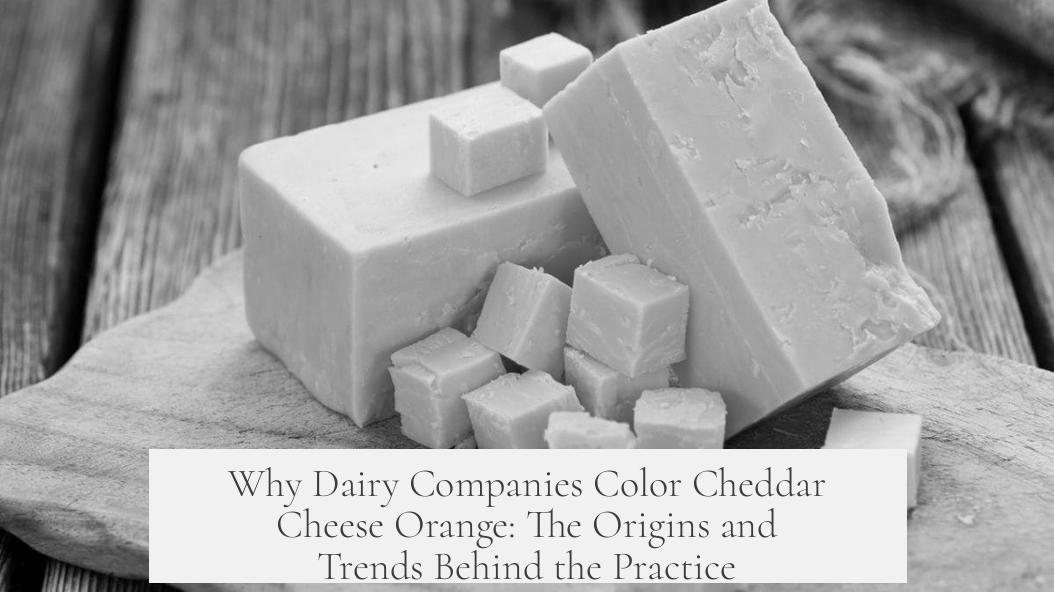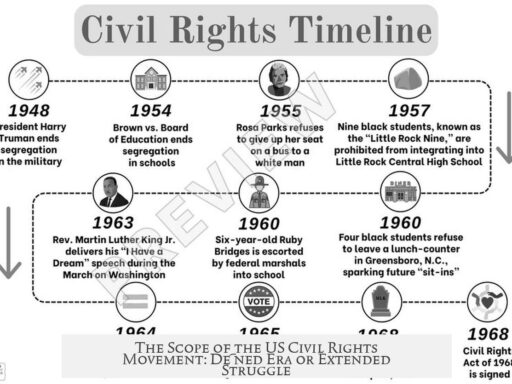Cheddar cheese is not naturally orange; dairy companies began coloring it to imitate the desirable color linked to higher quality and to appeal visually to consumers. Natural cheddar varies in color based on cows’ diets, with milk from grass-fed cows showing a yellow-orange tint due to beta carotene. This color visually signaled better flavor and quality. Producers of lower quality cheese started adding color to match that appearance, boosting perceived value.
In the 16th century, annatto, a natural pigment from Latin America, entered European markets. It was expensive and associated with high-status cheeses such as Gloucester and Leicester. Over time, annatto became more affordable and spread among cheese makers including those producing cheddar. The distinctive orange hue provided a visual marker of premium cheese, distinguishing it from farm-made varieties common among ordinary consumers.
The practice of coloring cheese caught on broadly during the Victorian era. It became a fashionable signifier of quality. The Dutch also adopted annatto coloring in their Gouda cheeses during that period. This tradition continued even as cheese production industrialized and moved away from small-scale farms to large factories.
Natural changes in milk color linked to seasonal cow diets today have diminished. Mass dairy farms typically feed cows diets that produce paler milk. Despite this, the custom of coloring cheddar orange persists, simply because consumers expect it. Annatto provides a strong but flavor-neutral pigment, making it suitable to maintain cheddar’s characteristic color without altering taste.
- Cheddar’s orange color originally mimicked natural yellow-orange hues from beta carotene-rich milk.
- Annatto pigment was introduced for visual appeal and market differentiation.
- It symbolized premium quality and imported status in the 16th century onward.
- Practice spread in Victorian times and became standard in industrial cheese production.
- Today’s milk no longer naturally colors cheddar, but orange coloring tradition continues.
Cheddar Cheese Isn’t Naturally Orange: Why Did Dairy Companies Start Coloring It?

If you think cheddar cheese has always been bright orange, think again. Cheddar cheese’s iconic orange hue? That’s not natural at all. It’s a story of marketing, tradition, and some savvy dairy innovation stretching back centuries.
Let’s dive in. Why, in a world where cheddar’s natural color leans towards white or pale yellow, do dairy companies slap on that vivid orange tint? What sparked this trend, and why does it persist today?
The Origin: When Aesthetic Choices Shape Tastes
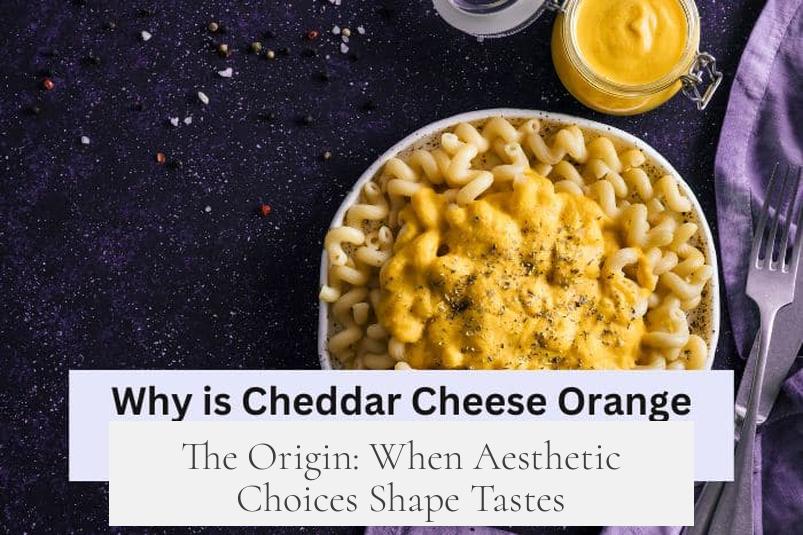
The idea of orange cheddar didn’t begin as some quirky cheese whim. According to Cheese Primer by Steve Jenkins, the orange color was initially an aesthetic marketing choice. Think of it like cheese fashion. Orange cheddar probably draws inspiration from smoked cheddars, which naturally have a darker tone. This look appealed to consumers, so producers caught on quickly.
Here’s the kicker: originally, cheddar’s natural color fluctuated depending on many factors (which we’ll get to). But standing out in the marketplace was key, and orange was the ticket.
Annatto: The Colorful Culprit
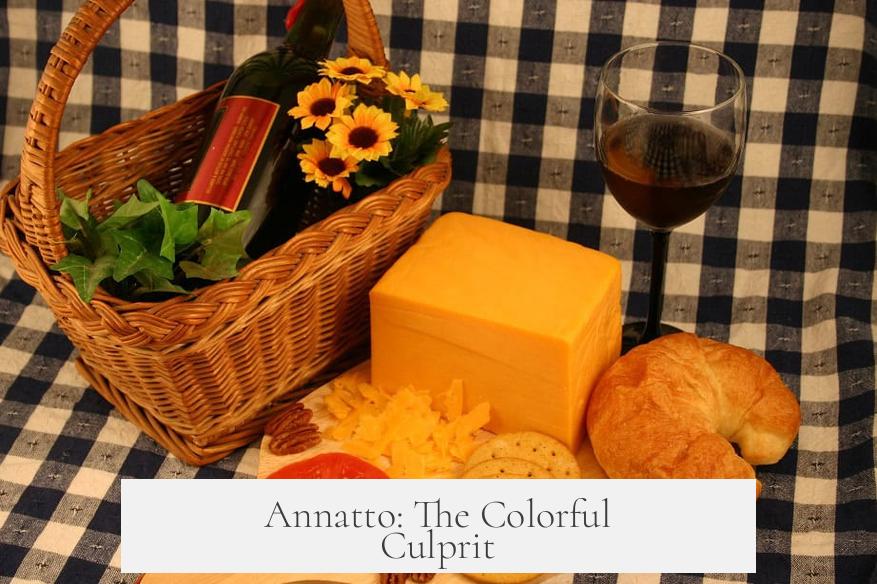
The secret ingredient behind cheddar’s signature orange is annatto. This natural coloring agent comes from the seeds of the achiote tree, native to Latin America. It has a strong history—Europe started importing annatto as early as the 16th century.
Annatto was associated with premium cheeses like Gloucester and Leicester. Because it was imported, it cost more and carried a sense of prestige. This exotic status made it especially appealing to the upwardly mobile Victorian classes, who wanted their cheddar looking as regal as possible.
Meanwhile, Dutch cheesemakers also began coloring their Gouda around the same time with annatto, indicating a wider trend in Europe.
It became fashionable. Orange cheddar separated upscale cheese from common farm-made staples. Over time, this practice stuck—even as cheese production shifted from small farms to large industrial factories. People saw orange, they expected quality, and dairy companies obliged.
Nature’s Palette: How Cow Diet Changed Cheese Color
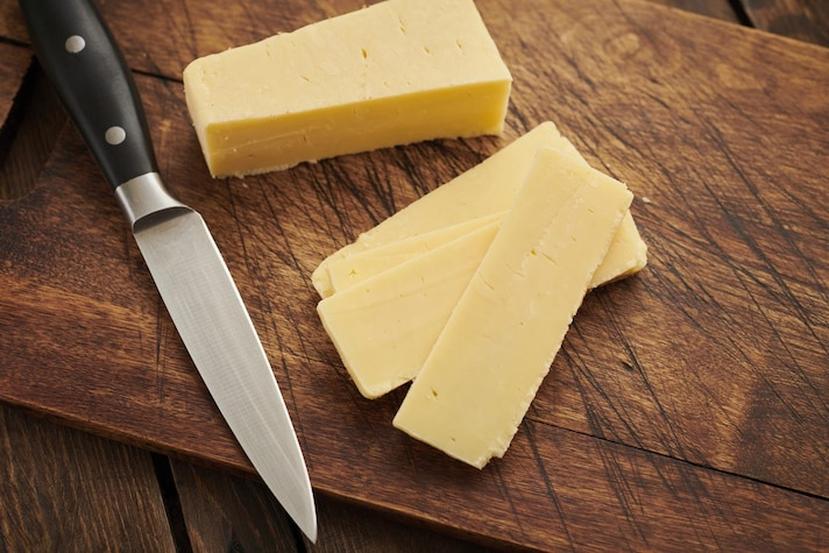
Now, here’s something fascinating. The natural milk color varies significantly with a cow’s diet. In seasons when cows grazed on rich, beta-carotene-heavy grass and flowers—think spring and summer—the milk and thus the cheese had a stronger yellow tint.
This natural yellow-orange hue became a quality marker. Cheese made from these cows tasted better and was priced higher. Consumers subconsciously linked color with flavor and quality. That is, if cheddar was more yellow-orange, it probably came from high-quality, lush grazing pastures.
Cheese makers of lower quality, pale cheddar wanted in on the prestige, so they started dyeing their cheese to mimic this desirable color. But since naturally replicating the precise yellow-orange shade was tricky, they sought a pigment that had color but no flavor, perfect for the job.
Annatto fit perfectly—strong pigment without messing with taste. This allowed even mass-produced cheddar to have that attractive color without the cost or variability of natural milk color.
Modern Dairy Production: A Color Routine That Lives On
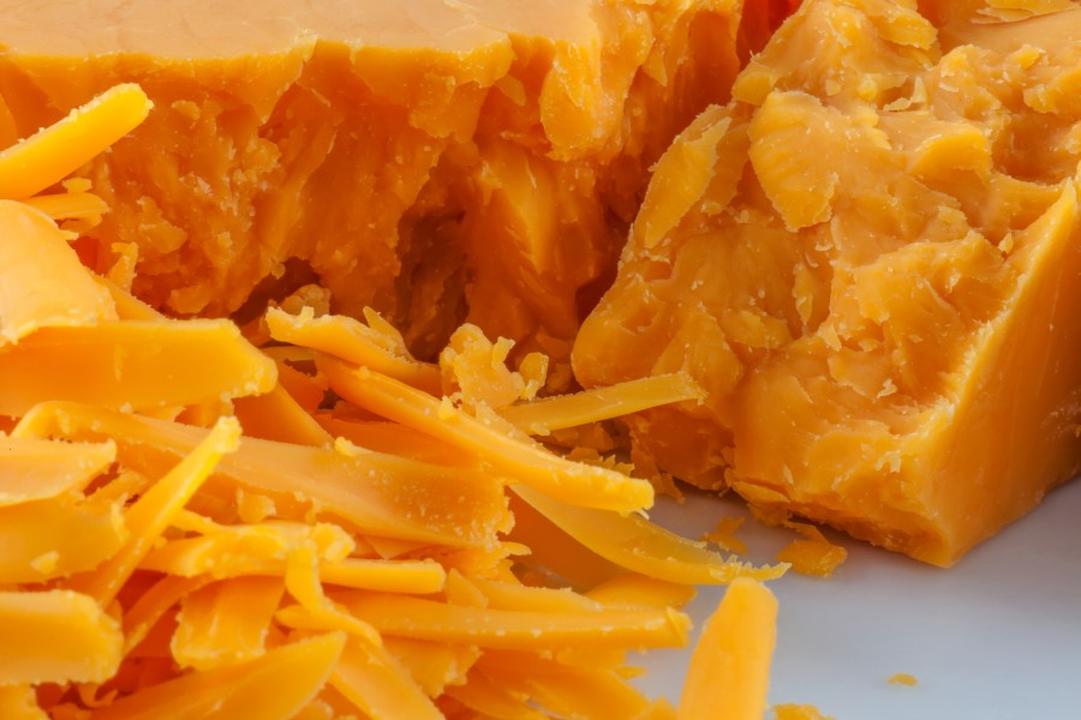
Fast forward to today. Most dairy cows in large-scale operations don’t graze on the same nutrient-rich pastures they once did. Their diets often include processed feed rather than fresh grass. This results in milk that is lighter and less yellow than its historical counterparts.
Despite this shift, orange coloring remains a staple in cheddar cheese production. Why?
Because people expect it. When we see cheddar, our minds picture that bright orange wedge or block. Color influences perception. Orange signals “cheddar” even more than taste, at least at first glance.
In a way, the coloring is a nod to tradition and consumer familiarity rather than natural conditions. When the milk no longer provides the color, the industry supplies it artificially.
What Does This Mean for Consumers?
Next time you pick up a block of orange cheddar, remember: the cheese itself isn’t inherently orange. It’s a product of culture, marketing, and clever food science.
For those curious about natural cheddar color, many artisanal cheesemakers produce uncolored cheddars. These come in pale cream or off-white tones and highlight the pure flavors of the milk and craftsmanship.
If you want to try something closer to cheddar’s original look—and taste—skip the neon-orange supermarket blocks. Seek out artisan producers or labeled natural cheddar varieties.
Cheddar and Color: What’s the Bottom Line?
Here’s the summary:
- Cheddar is naturally pale, not orange.
- The orange color started as a marketing strategy inspired by smoked cheddar and imported cheeses.
- Annatto, an imported natural coloring, was used to convey quality and status.
- Variations in cow diet caused natural differences in milk and cheese color, connected to quality.
- Less yellow milk today led to continued dyeing practices to satisfy consumer expectations.
Ultimately, orange cheddar is a perfect example of how food evolves beyond its natural state. It’s shaped by history, commerce, and psychology. That bright color tells a story much richer than just taste.
Fun Fact: Could You Color Your Own Cheese?
If you’re inspired, annatto is available for home cheesemaking—often as a powder or liquid. You can try your hand at coloring your cheese to give it that classic cheddar glow. Just be careful with the dosage; too much annatto can turn your cheese into something resembling a jack-o’-lantern.
Why not experiment? It might just make your homemade cheddar feel like a slice of cheese history.
